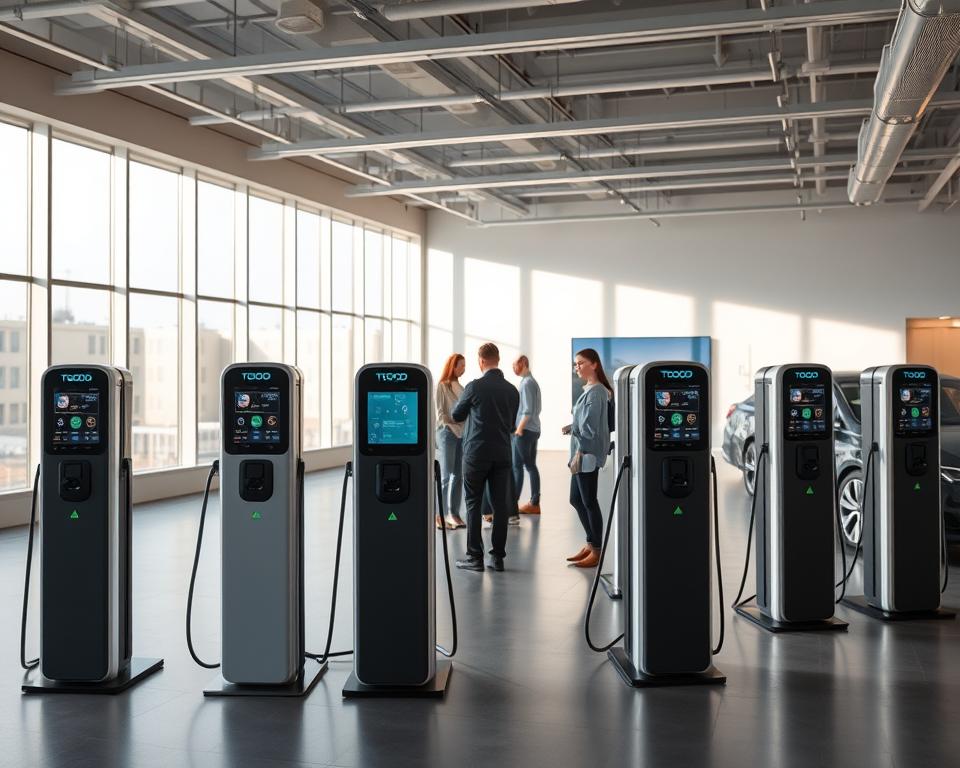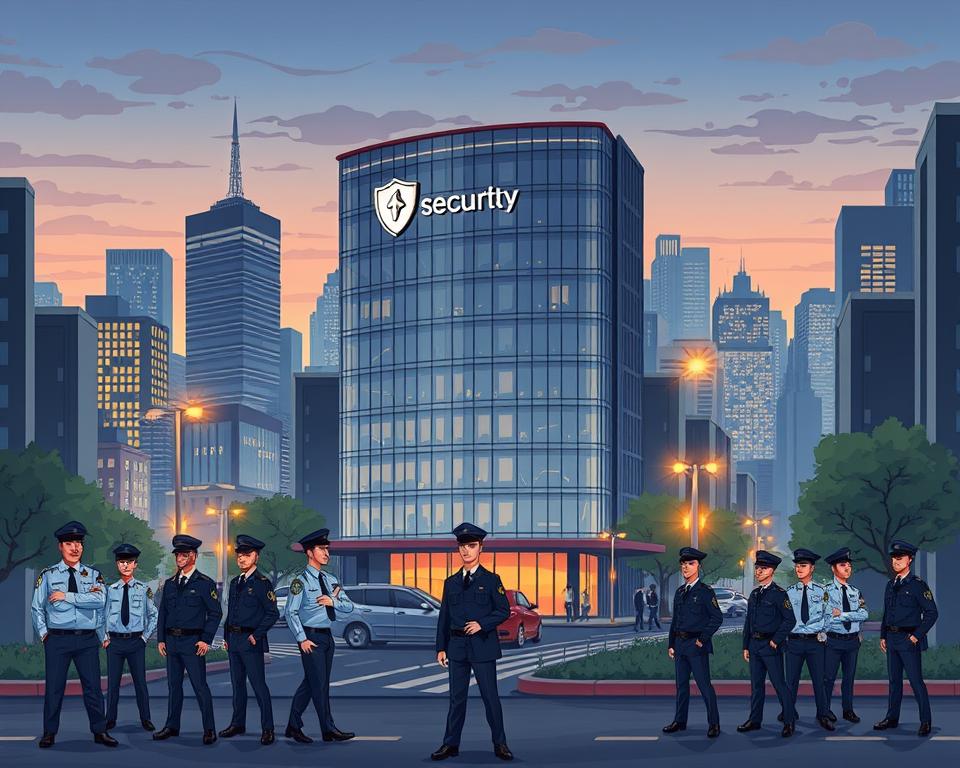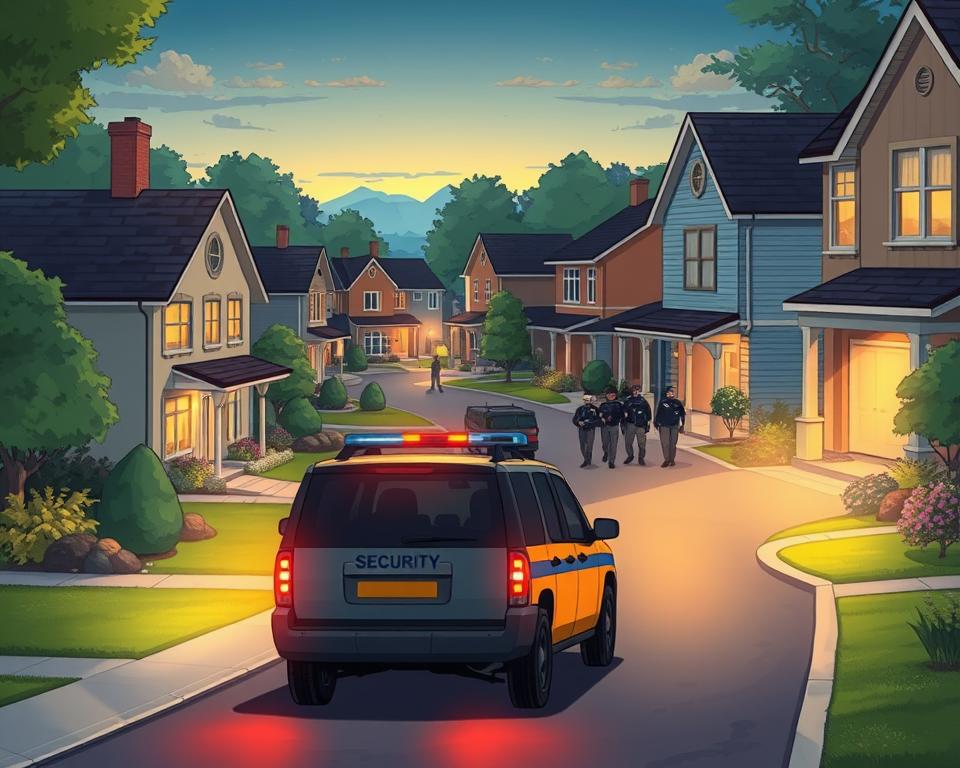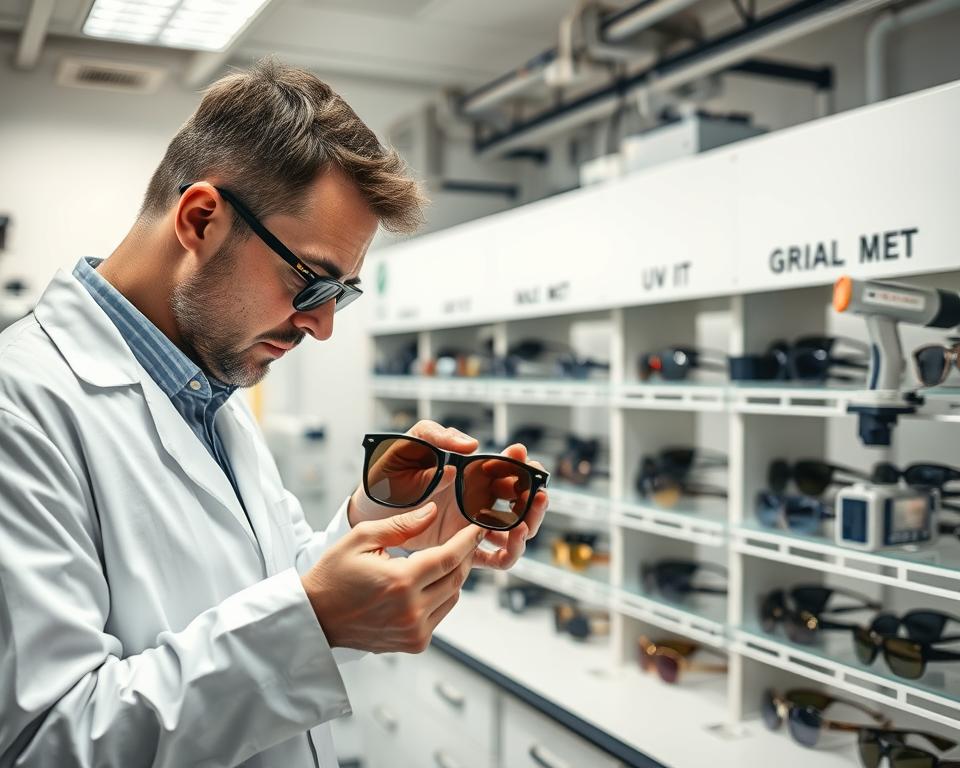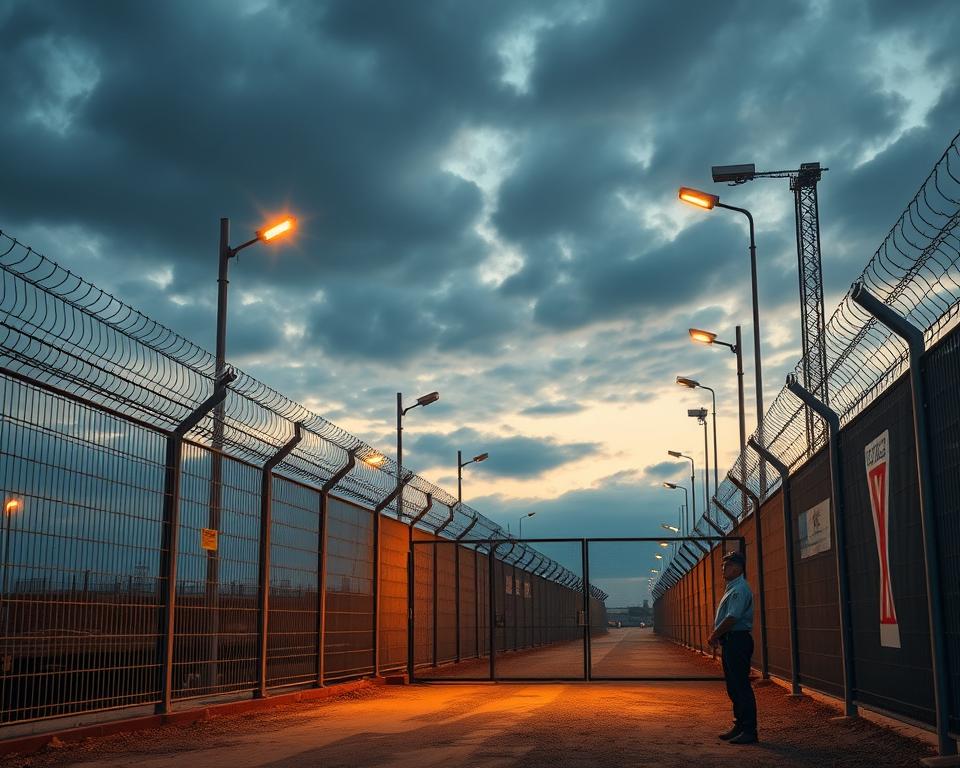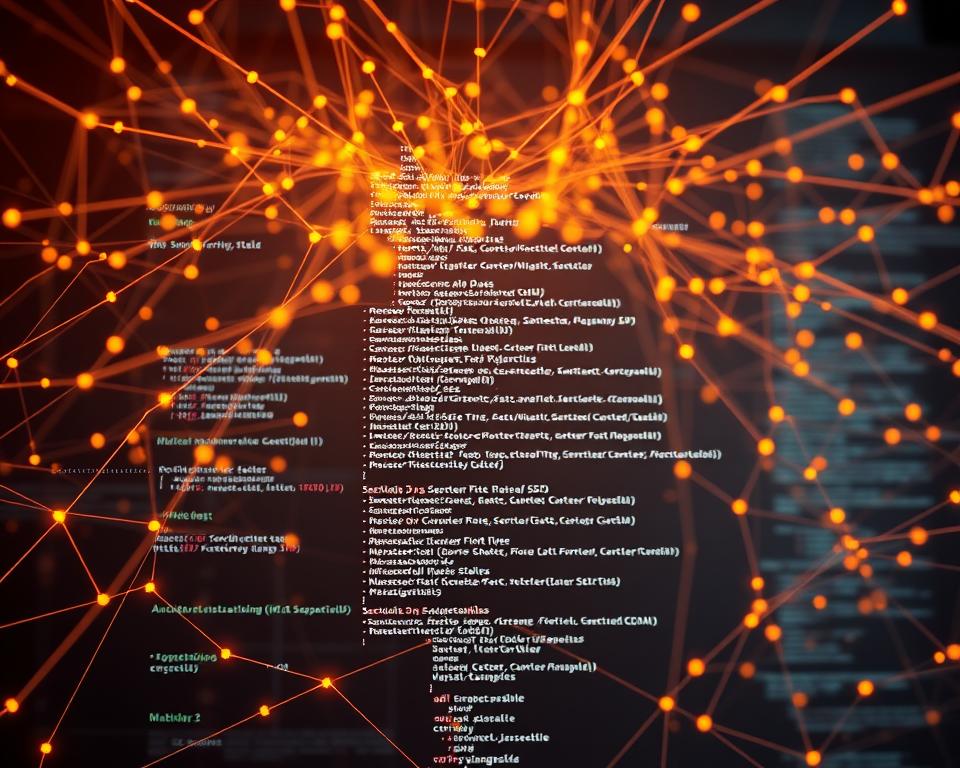At US Auto Collisions, we stand out as the go-to auto body shop in Sherman Oaks. We pride ourselves on our commitment to excellence, affordability, and customer happiness. Our team of expert body collision repair Sherman Oaks techs utilizes cutting-edge tools and methods to bring your vehicle back to its original state, whether it’s a everyday driver or a high-end model.
With years of experience, we’ve built a reputation for smooth collision repairs. We offer premium repairs combined with dependable service. Learn how we differentiate ourselves from other shops and why countless clients trust us for their collision repair needs in Sherman Oaks.
Key Observations
- US Auto Collisions stands as the leading collision repair provider in Sherman Oaks.
- Certified technicians utilize state-of-the-art methods for top-notch repairs.
- Cost-effective solutions serve all makes and models.
- Years of experience contribute to our trusted reputation.
- Customer satisfaction is our top priority.

Introduction to US Auto Collisions
As a top choice for collision repair in Sherman Oaks, US Auto Collisions shines. They handle everything from minor dents to major frame repairs. Their team of skilled auto collision specialists in Sherman Oaks excels in identifying and repairing vehicles to their original condition.
We put customer service first at US Auto Collisions. Clients get timely updates during the repair process, ensuring peace of mind. This focus on reliable auto body repair in Sherman Oaks fosters trust, knowing your vehicles are in good hands, regardless of the damage.
The staff’s extensive knowledge and experience guarantee high-quality results. US Auto Collisions is distinctive for its blend of technical expertise with a dedication to customer satisfaction. This makes it the go-to place for anyone seeking body repair services.
Why Choose Our Auto Body Repair Services
Choosing the right auto body repair provider is essential for your vehicle’s well-being. Our team in Sherman Oaks delivers excellent services, focusing on precision and customer happiness. We use genuine parts and the newest methods to ensure perfect results that last.
Friendly, knowledgeable staff make your experience smoother and more pleasant. They keep you updated on your vehicle’s repair, ensuring you feel confident in our care. Our dedication to excellence in Sherman Oaks’s quality car repair sets a high standard for every job.
Positive feedback from satisfied customers has made us the go-to auto body shop in Sherman Oaks. When you need reliable auto repair, our commitment to quality and service makes us stand out.
Types of Services Offered
US Auto Collisions offers a broad spectrum of collision repair services in Sherman Oaks. These include auto body repair, aimed at restoring the vehicle’s structure and exterior post-accident. Paintless dent repair is also available, a technique that extracts minor dents without repainting. This method maintains the vehicle’s original finish, crucial for retaining its value.
Auto glass repair services address damages such as cracks and chips, ensuring safety and regulatory compliance. For more severe damage, specialized aluminum fixes are used, suited for modern vehicles with aluminum components. Auto frame straightening services are also provided, focusing on realigning the vehicle’s frame for optimal performance and safety post-collision.
US Auto Collisions also offers 24-hour accident assistance and free estimates. These services underscore the company’s dedication to making collision repair cost-effective in Sherman Oaks. Whether you need auto collision repair near me in Sherman Oaks or specialized services, you can count on a detailed approach to restore your vehicle to its pre-accident state.
Auto Collision Body Repair Sherman Oaks
When it comes to collision repair in Sherman Oaks, US Auto Collisions is unmatched in its commitment to quality. This repair center in Sherman Oaks excels in delivering high-quality repairs for both luxury and everyday vehicles. Every vehicle receives tailored attention, thanks to our technicians’ extensive experience with various models. This ensures we handle any automotive issue with a comprehensive solution.
Our status as a top-rated repair center in Sherman Oaks is our partnership with all major insurance companies. This collaboration streamlines the claims process, making service easy and efficient. From minor fixes after a small accident to extensive collision work, our team is equipped to restore your car completely.
We stand behind our work with warranties because your satisfaction matters. This commitment reflects our assurance in the quality of our work. Clients can trust that, no matter the extent of the damage, they will receive dependable repairs and long-lasting results.
Our Quality Promise
Quality is at the heart of everything we do at US Auto Collisions. Our processes are crafted so every vehicle receives the detailed attention it deserves. We employ state-of-the-art technology, enabling our technicians to pinpoint damage precisely and complete repairs swiftly.
Expertise plays a significant role in achieving exceptional results. Each technician completes rigorous training that ensures they have the know-how for reliable auto body repair in Sherman Oaks. This commitment to professional development ensures that our team remains at the forefront of industry advancements and techniques.
Transparency is a cornerstone of our service. We conduct thorough inspections and analyses to inform customers about the damage and the required repairs. This practice fosters trust and loyalty among our clients, who can feel confident in their choice of affordable collision repair near me Sherman Oaks.
Customer Testimonials and Satisfaction
At US Auto Collisions, customer satisfaction is our top priority. Feedback from our clients showcases the commitment of our Sherman Oaks auto collision repair experts. They provide top-notch care, as many customers have shared. These experiences highlight the professionalism and dedication seen throughout their repair journeys.
Attention to detail is what sets our technicians apart. Customers often mention that their vehicles were returned looking brand-new. The communication is another aspect that stands out. Regular updates during the repair process foster confidence and transparency.
A collection of testimonials highlights why we’re considered the best auto collision repair shop in the area:
| Customer | Testimonial |
|---|---|
| Emily R. | “They were so helpful and kept me informed every step of the way. My car looks amazing!/” |
| James T. | “I amazed by the speed and quality. The repairs were done quickly without compromising quality, and the staff was courteous. /” |
| Sarah L. | “As the top collision repair center, they went above and beyond to ensure I was satisfied with the results./” |
These testimonials confirm our commitment to high standards of service. They foster trust and loyalty among our clients. Their satisfaction reflects our commitment to superior service in every repair job we undertake.
Budget-Friendly Collision Repair
Finding affordable car collision repair options can often feel overwhelming, after the stress of an accident. US Auto Collisions prioritizes affordability while ensuring high-quality repairs. The shop serves as an affordable body shop Sherman Oaks, providing wallet-friendly services tailored to various budgets.
To assist drivers in managing expenses, US Auto Collisions offers competitive pricing alongside free estimates. This approach helps customers assess their costs without any obligation. By collaborating with numerous insurance companies, the shop further reduces out-of-pocket expenses. This makes the overall repair process smoother for clients.
If you need a budget-friendly collision repair shop near me Sherman Oaks, look no further than US Auto Collisions. It offers a warranty on repairs. This added assurance confirms the shop’s commitment to providing lasting value to all customers. It allows residents to enjoy confidence, knowing their vehicle is in capable hands.
Prime Accessibility
Choosing an auto body shop near me Sherman Oaks means finding a facility that offers seamless accessibility. Our facility is strategically placed to ensure that residents can easily reach us. Being near main roads and transit options makes drop-offs and pick-ups a breeze.
At our convenient collision repair location Sherman Oaks, we designed the facility to prioritize customer experience. Efficient traffic flow allows for quick drop-offs and pick-ups, reducing wait times. This means that our clients can minimize disruptions to their schedule, minimizing disruptions to their daily routines.
Our location and workflow often allow for same-day repair. This quick turnaround solidifies our reputation as one of the best body shop near me Sherman Oaks. When time is tight, we deliver—fast and reliable repair solutions.
Get Your Free Estimate Today
Looking for reliable services? Getting a free estimate for your auto body repairs is the first step. At US Auto Collisions, we make the process easy and clear. Contact us to schedule your free estimate. Our skilled technicians will inspect your car and provide a comprehensive damage report.
Obtaining a free estimate auto repair Sherman Oaks lets you understand all your repair options and their costs. We focus on transparency, enabling you to make informed decisions about your vehicle’s needs. Our team of experts is committed to delivering complete evaluations with no surprises.
Searching for auto collision repair shops near me Sherman Oaks? Look no further. Schedule your consultation today. Take the next step towards getting your vehicle back on the road in optimal condition.
The Bottom Line
US Auto Collisions is the premier auto body shop in Sherman Oaks, dedicated to top-notch auto collision body repair services. Our commitment to excellence, satisfaction, and value ensures your vehicle gets the best care. As a reliable auto body repair service, we aim to restore your vehicle to its pre-accident state.
From minor dents to major collisions, our services in Sherman Oaks cover every repair need. Whether the damage is small or extensive, our team has the expertise to manage it. Our customer testimonials underscore our commitment to excellence, proving we’re a leader in auto repair.
When you choose US Auto Collisions, you choose peace of mind. Our promise of dependable, cost-effective repairs means your vehicle is in capable hands. Reach out to us and discover the difference in service quality that makes us the preferred auto body shop in Sherman Oaks.

